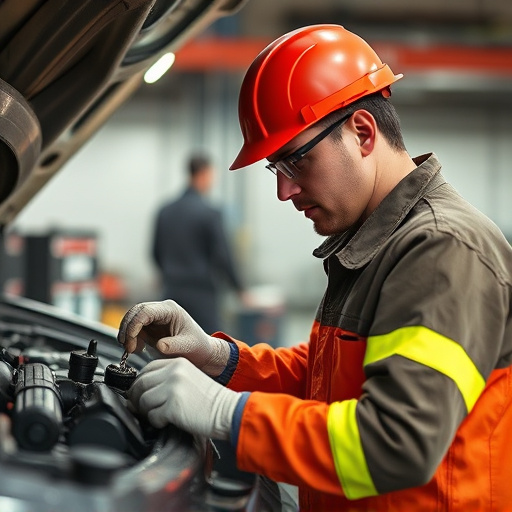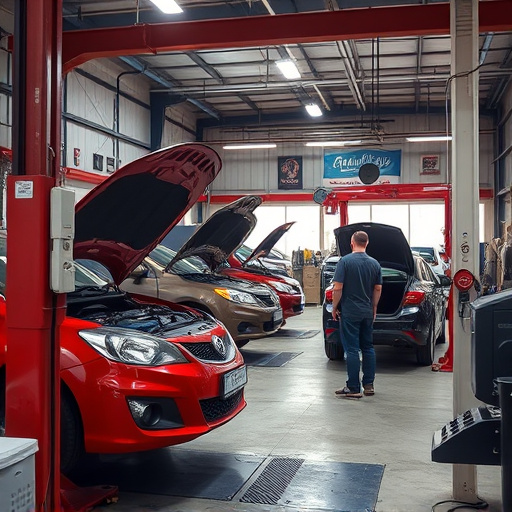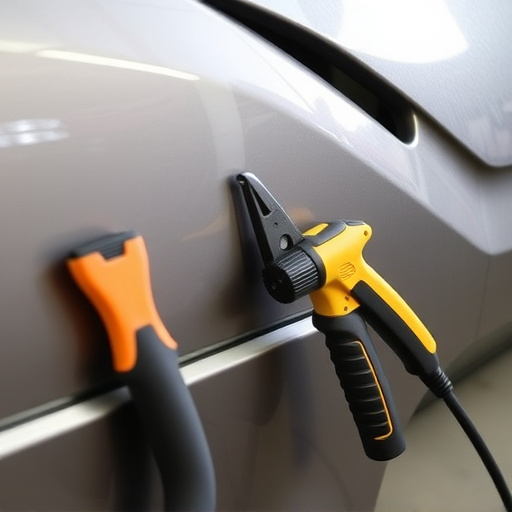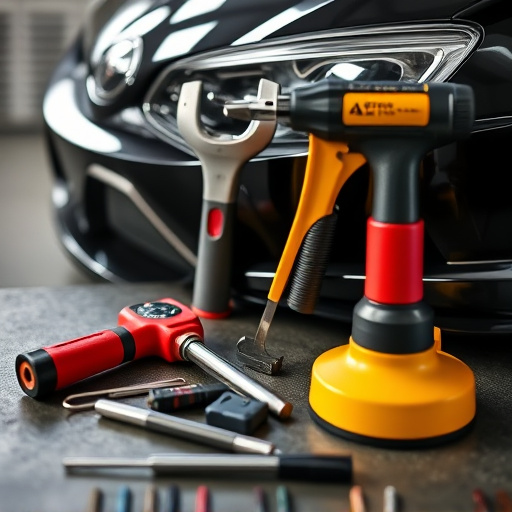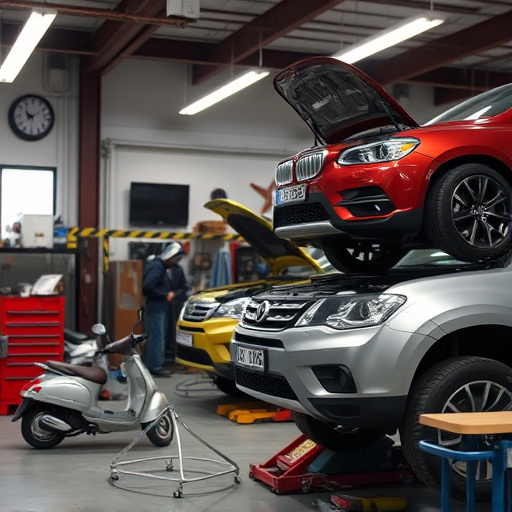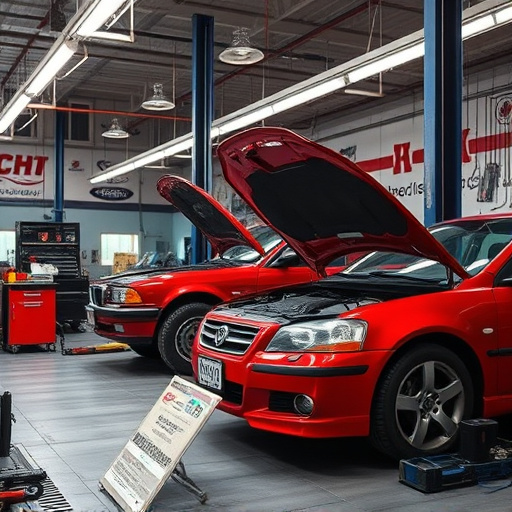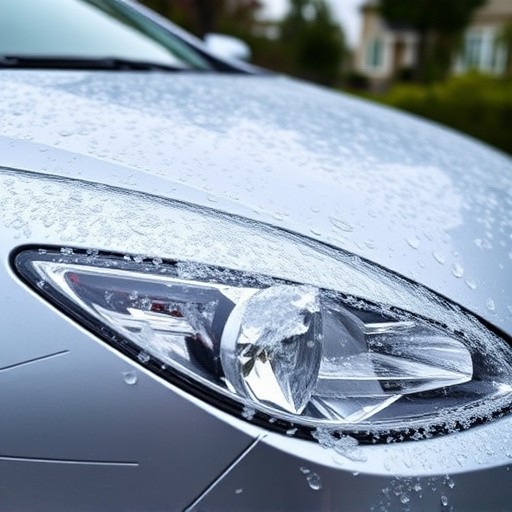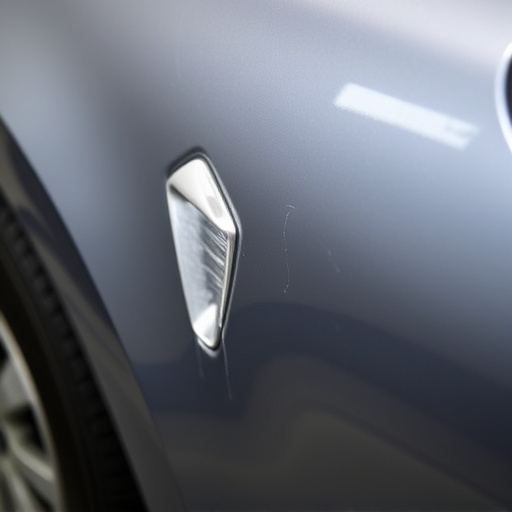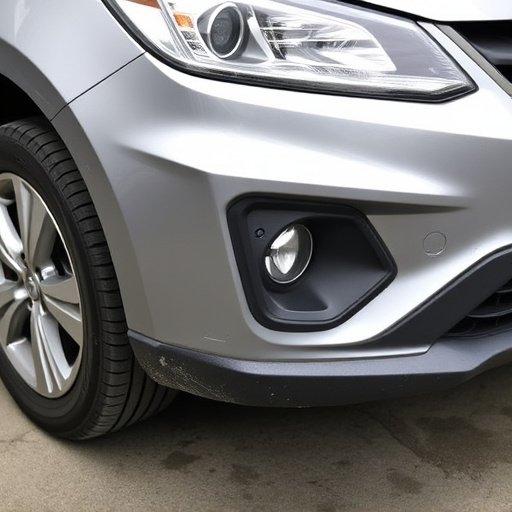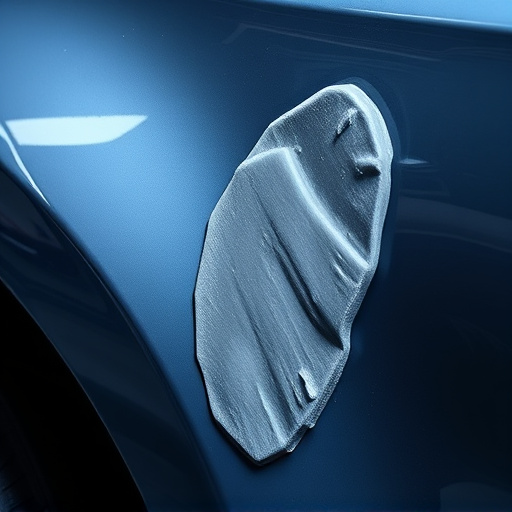Sustainable collision centers prioritize environmental preservation through green practices, minimizing waste, and adopting eco-friendly technologies like solar panels and LED lighting. They strive for energy efficiency with advanced systems, track progress via data analysis, and set industry standards by reducing their carbon footprint and promoting continuous improvement in car repair services.
Sustainable collision centers are transforming the automotive industry by prioritizing energy efficiency daily. These facilities, built on a foundation of green practices, integrate eco-friendly operations into their daily routines and utilize advanced technologies for optimized performance. From renewable energy sources to innovative waste management strategies, this article explores how such centers reduce their environmental footprint while contributing to a greener future. We’ll delve into the key areas of adoption, operational improvements, and measurement techniques that define the sustainable collision center model.
- Adopting Green Practices: The Sustainable Collision Center's Foundation
- Energy-Efficient Operations: Daily Routines and Technologies
- Tracking Progress: Measuring Success in Sustainability Journey
Adopting Green Practices: The Sustainable Collision Center's Foundation
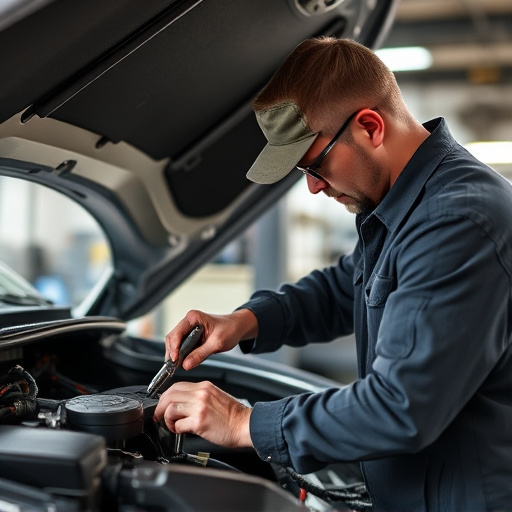
In the heart of every sustainable collision center lies a commitment to environmental stewardship, setting them apart from conventional auto repair shops. Adopting green practices is not merely a trend but a foundational principle that drives their operations daily. These centers prioritize eco-friendly solutions in every aspect, from energy consumption to waste management and material sourcing. For instance, they may employ solar panels for clean energy generation, implement water recycling systems, and use low-VOC (Volatile Organic Compound) paints and adhesives during car dent removal and vehicle paint repair processes.
By integrating sustainable practices into their core activities, collision centers reduce their carbon footprint significantly. This includes utilizing specialized equipment for efficient dent removal processes, ensuring minimal material waste, and opting for recycled or biodegradable alternatives whenever possible. These efforts not only contribute to a greener environment but also foster a culture of continuous improvement, setting the benchmark for others in the industry to follow suit, ultimately paving the way for a more sustainable future in car repair and vehicle paint repair services.
Energy-Efficient Operations: Daily Routines and Technologies
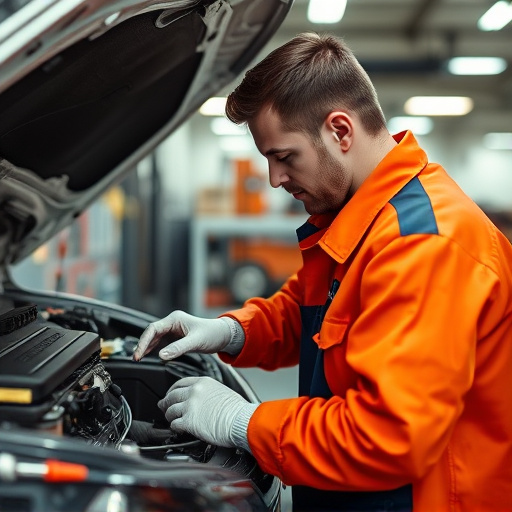
Sustainable collision centers are transforming the way we approach energy efficiency, integrating eco-friendly practices into their daily operations. These centers prioritize reducing their carbon footprint by employing various technologies and implementing routine checks to optimize energy use. For instance, efficient lighting systems, such as LED lights, replace traditional options, significantly lowering energy consumption. Moreover, automated systems for heating, ventilation, and air conditioning (HVAC) ensure optimal temperature control while minimizing waste.
The daily routines in these centers involve scheduled maintenance of equipment, regular cleaning to prevent energy-consuming dust buildup, and the use of energy-efficient tools for tasks like auto body repairs. In the case of Mercedes Benz collision repair, for example, specialized training ensures technicians utilize advanced techniques that minimize material waste, a key aspect of sustainable practices. Similarly, car scratch repair processes are designed to be precise, reducing the need for excessive energy-intensive operations.
Tracking Progress: Measuring Success in Sustainability Journey
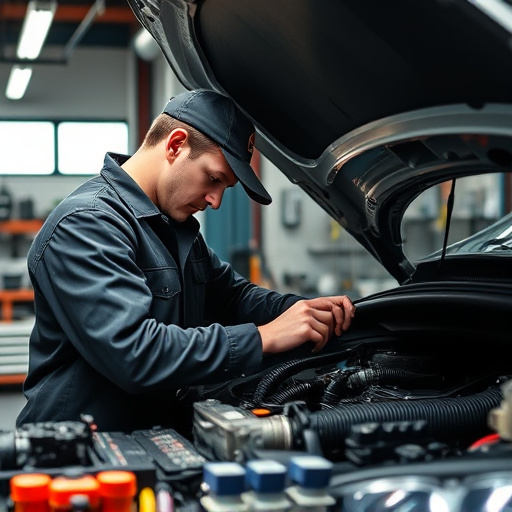
Tracking progress is a vital component of any sustainability journey, and sustainable collision centers are no exception. By implementing robust measurement strategies, these facilities can assess their environmental impact and gauge the success of their eco-friendly initiatives. One key aspect is to define clear metrics for energy consumption, waste reduction, and emissions control. For instance, tracking the number of recycled materials used in car paint services or the percentage of energy saved through efficient lighting systems can offer valuable insights.
Regular audits and data analysis allow collision centers to identify areas of improvement and make data-driven decisions. This continuous monitoring ensures that their sustainability efforts remain on track and aligned with their goals. As they navigate this journey, comparing current performance against established benchmarks can highlight significant achievements, whether it’s reduced energy bills due to improved ventilation systems or minimized waste from luxury vehicle repair processes.
Sustainable collision centers are transforming the automotive industry by prioritizing energy efficiency and environmental responsibility. By adopting green practices, implementing energy-efficient technologies, and tracking progress through measurable data, these facilities demonstrate that ecological consciousness can coexist with high-performance operations. As the demand for eco-friendly solutions grows, sustainable collision centers emerge as leaders in a greener future, setting benchmarks for the industry to follow.


